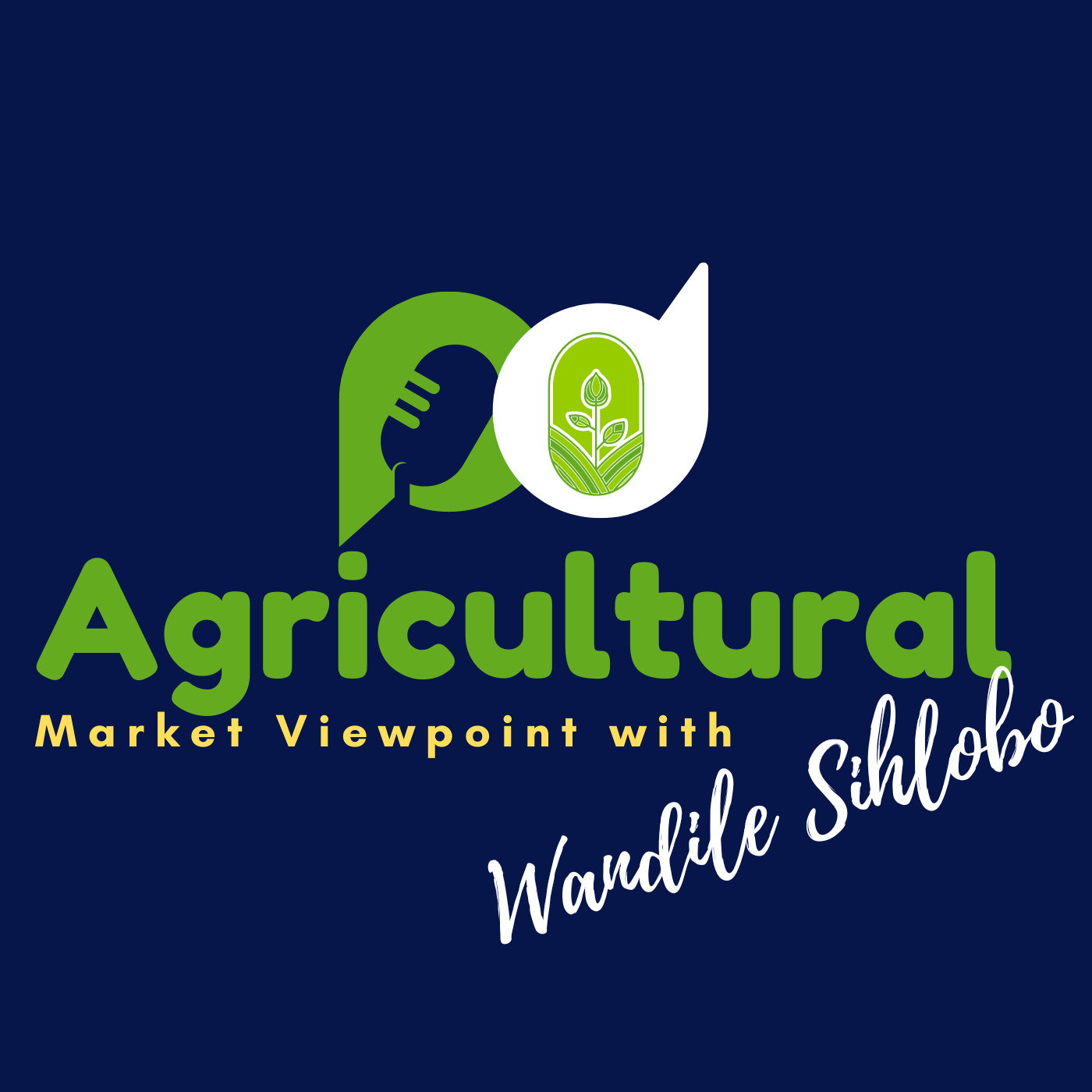Listen "SA agricultural exports reach a record US$13.2 billion"
Episode Synopsis
Despite all the challenges at the ports and various export markets, the South African agricultural sector has continued to realize excellent export activity. Total agricultural exports reached a new record of US$13.2 billion in 2023, up 3% from the previous year. This is stronger than our earlier expectations of a modest export activity this year.
The products that dominated the export list were citrus, maize, apples and pears, nuts, wine, soybeans, sugar, wool, grapes, berries, avocados and fruit juices. This improved export activity was a function of improvement in volumes and prices. That said, pricing developments over the year were significantly more varied than the average data suggest. While fruit prices picked up, grains and oilseed prices have declined notably from the 2022 levels.
Notably, the exports were widely spread across various key markets. The African continent remained a leading market, accounting for 38% of South Africa's agricultural exports in 2023 in value terms. Asia was the second largest agricultural market, accounting for 28% of exports, followed by the EU, the third largest market, accounting for 19%. The Americas region was the fourth largest, accounting for 6%, and the remaining 9% went to the rest of the world.
The UK was one of the leading markets within the 'rest of the world' category, accounting for 7% of total exports. The products of exports to these markets were primarily the same, with the African continent and Asia importing a reasonably large volume of maize, soybeans, wool and beef. Meanwhile, exports to other regions were primarily fruits and wine.
Listen to our podcast for more insights.
My writing on agricultural economic matters is available on my blog: https://wandilesihlobo.com/
Podcast production by: Lwandiso Gwarubana, Richard Humphries, and Sam Mkokeli Wandile Sihlobo website
The products that dominated the export list were citrus, maize, apples and pears, nuts, wine, soybeans, sugar, wool, grapes, berries, avocados and fruit juices. This improved export activity was a function of improvement in volumes and prices. That said, pricing developments over the year were significantly more varied than the average data suggest. While fruit prices picked up, grains and oilseed prices have declined notably from the 2022 levels.
Notably, the exports were widely spread across various key markets. The African continent remained a leading market, accounting for 38% of South Africa's agricultural exports in 2023 in value terms. Asia was the second largest agricultural market, accounting for 28% of exports, followed by the EU, the third largest market, accounting for 19%. The Americas region was the fourth largest, accounting for 6%, and the remaining 9% went to the rest of the world.
The UK was one of the leading markets within the 'rest of the world' category, accounting for 7% of total exports. The products of exports to these markets were primarily the same, with the African continent and Asia importing a reasonably large volume of maize, soybeans, wool and beef. Meanwhile, exports to other regions were primarily fruits and wine.
Listen to our podcast for more insights.
My writing on agricultural economic matters is available on my blog: https://wandilesihlobo.com/
Podcast production by: Lwandiso Gwarubana, Richard Humphries, and Sam Mkokeli Wandile Sihlobo website
More episodes of the podcast Agricultural Market Viewpoint with Wandile Sihlobo
South Africa's maize exports to Zimbabwe continue, as the import ban seems to have been eased
13/10/2025
Kenya's maize production has recovered
27/09/2025
South Africa's food price inflation eases
17/09/2025
South African farmers will start planting summer crops in October, and the outlook is encouraging
16/09/2025
Zimbabwe bans maize imports
01/09/2025
 ZARZA We are Zarza, the prestigious firm behind major projects in information technology.
ZARZA We are Zarza, the prestigious firm behind major projects in information technology.
